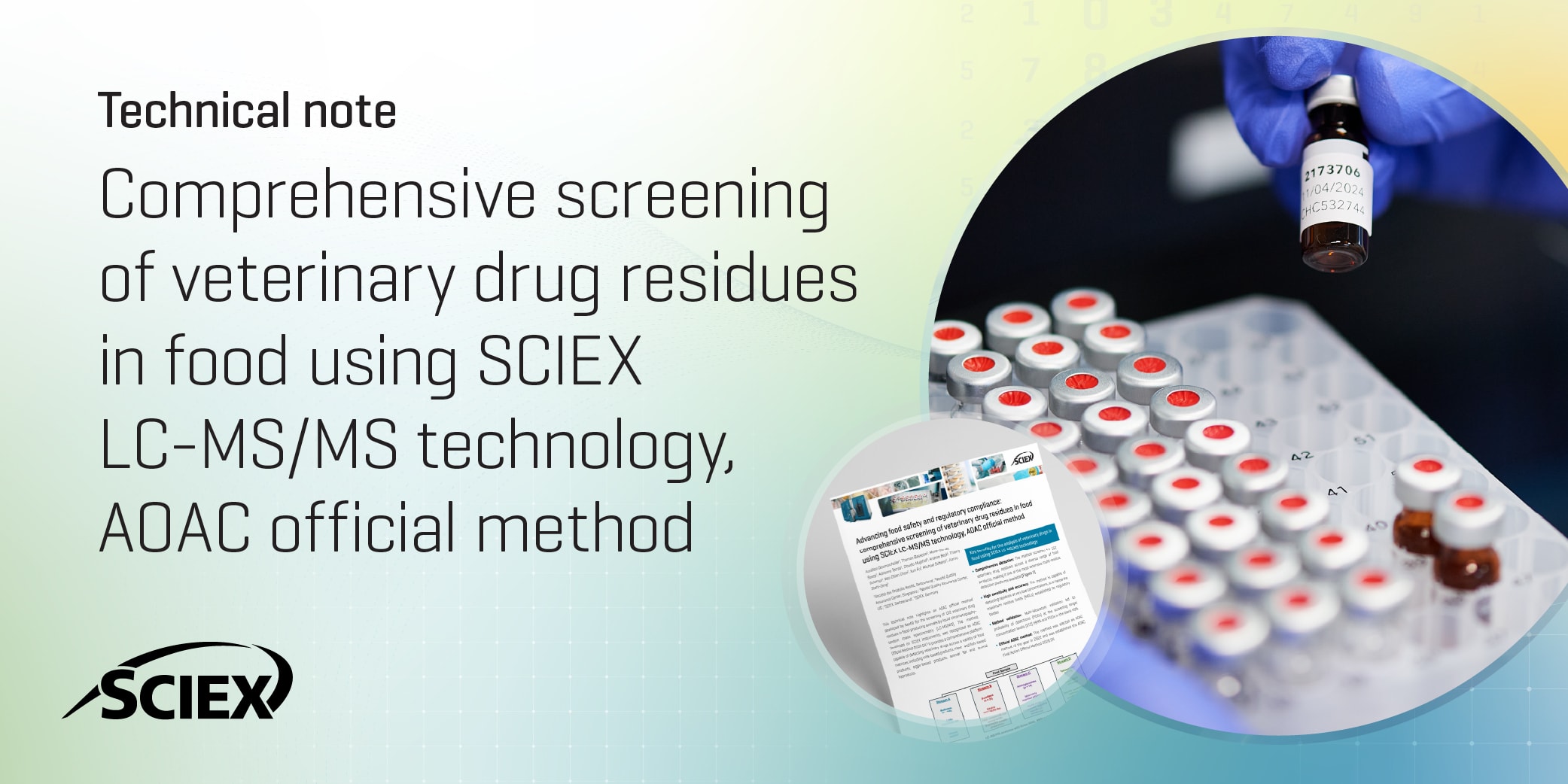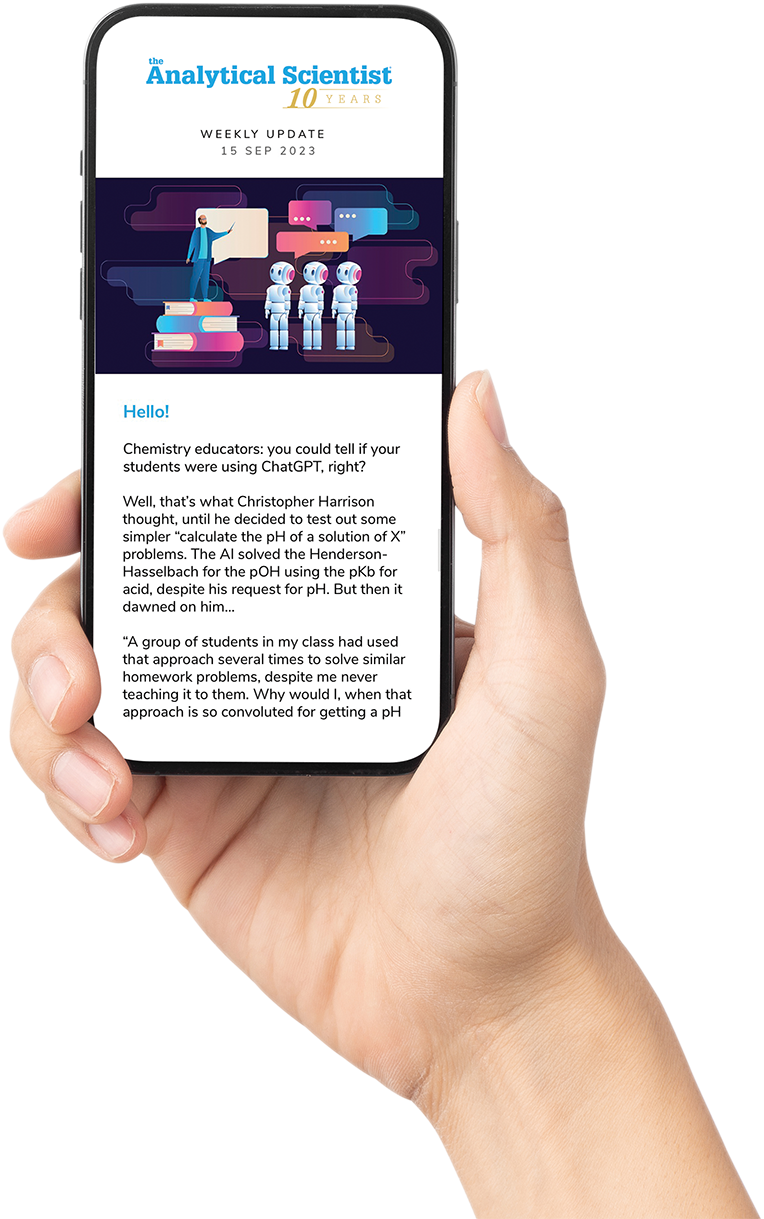In The Story of Our App Note, scientists share the inspiration, challenges, and breakthroughs behind their application research. This edition explores the development of an AOAC Official LC-MS/MS Method for veterinary drug screening in food matrices – a globally validated method using SCIEX instruments. Scroll down to read the interview with Michael Scherer, EMEAI Application Lead, Food & Environmental, and Jianru Stahl-Zeng, EMEAI Senior Technical Marketing Manager at SCIEX, and download the full app note.

How did the tech note come about?
In fact, several publications accompany this AOAC method, outlining the history of its development. The idea for turning these publications from a customer into this tech note came from Michael Scherer. The detailed development and workflow are described in the tech note. The method was initially developed in Switzerland at customer site, then transferred to quality control labs around the world for validation. All the data were submitted to AOAC, where it was ultimately accepted as an Official Method.
What did the method provide that makes it stand out?
The design is a single workflow capable of screening a broad range of veterinary drug classes in food matrices, addressing global regulations that cover around 150 compounds. A solution was needed to meet veterinary drug regulations worldwide, which led to the development of a comprehensive method capable of covering all these compounds. However, because the compounds have very different physicochemical properties, combining them into one method would have caused some validations to fail.
How was that challenge solved?
One main method was defined, along with three sub-methods to account for the specific properties of certain compound groups. As shown on page one of the technical note, these are labeled as streams A, B, C, and D. Streams B, C, and D cover beta-lactams, aminoglycosides, and tetracyclines, respectively – compound classes that require special handling during sample preparation and analysis to meet validation requirements.
How influential is this method package currently in the market space?
The need for standardized methods is very important, as there are so many different methods for veterinary drugs on the market – not only from SCIEX. It is difficult for labs to make a decision, and they are likely to experience several failed attempts before finding a successful one. These methods are a proven, validated solution that works worldwide and represents a truly standardized workflow.
Two key papers accompany this technical note, known as the AOAC First Action and AOAC Final Action. The First Action paper supplement contains all the necessary information to set up the method on SCIEX instruments, including MRM transitions, source conditions for the 5500, 5500+, 6500, and 6500+ platforms, the LC methods with a detailed description, sample preparation protocols, and information on where to buy standards. This gives laboratories a strong chance of implementing the method successfully – essentially out of the box.
One additional point is the spike/non-spike approach: all compounds are spiked at the screening target concentration, and labs determine whether they can detect these spiked compounds or not. This is called the probability of detection, and worldwide validation data show a very high probability was achieved in all participating labs. This spike/non-spike strategy is an effective way to assess and demonstrate that the method is working correctly.





